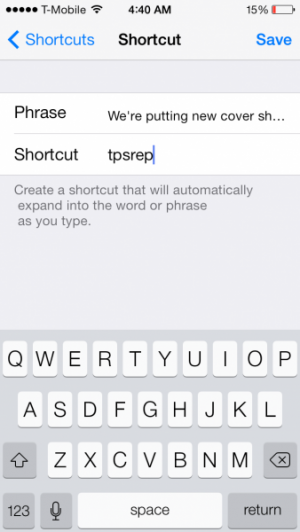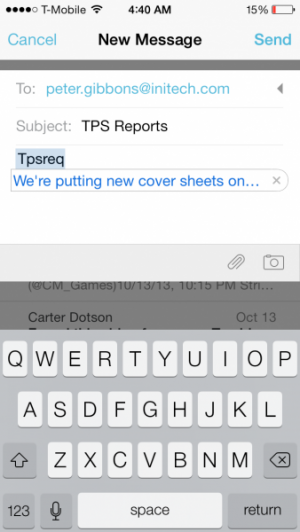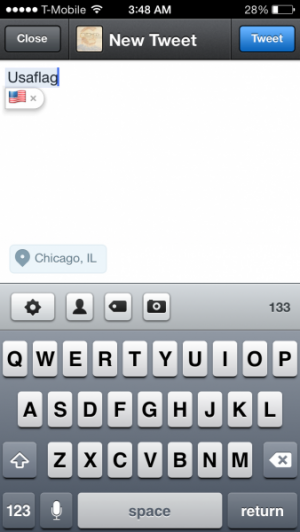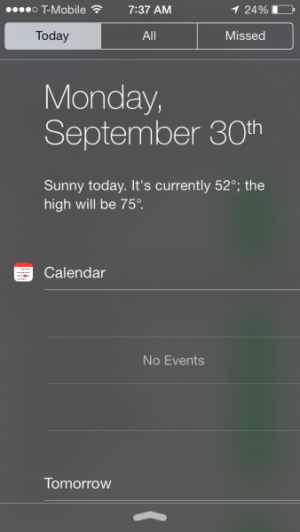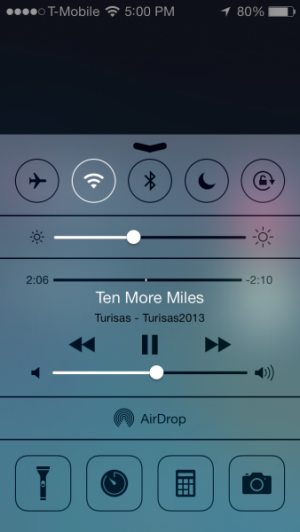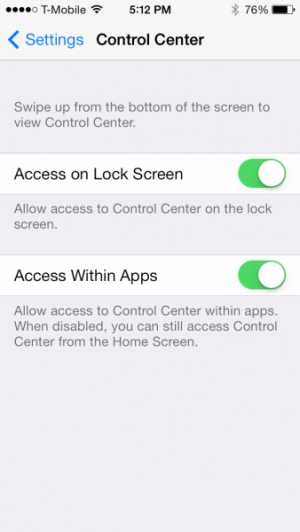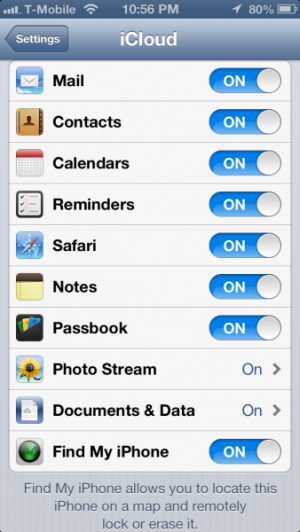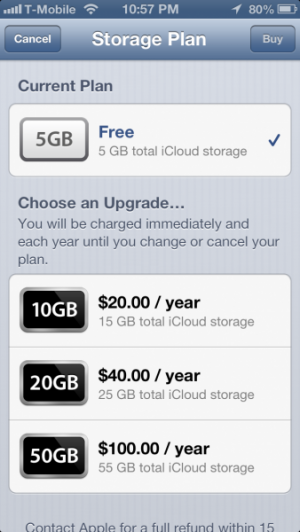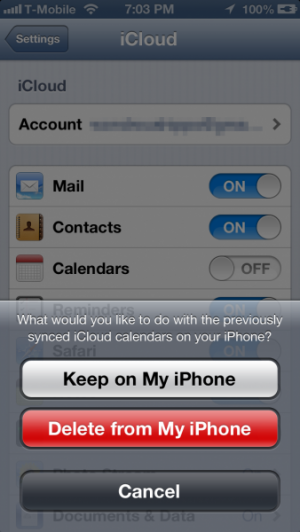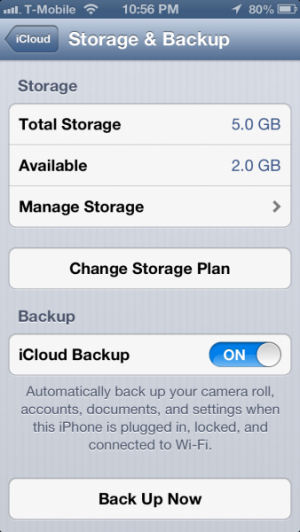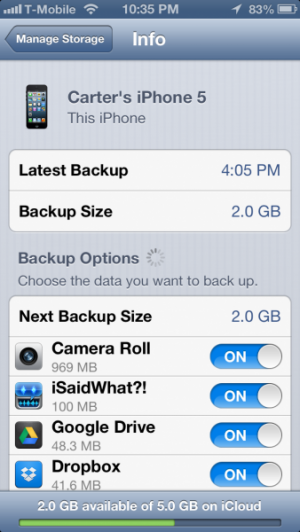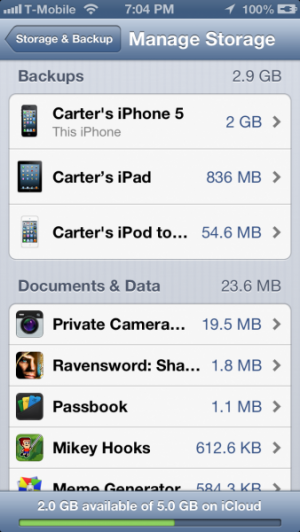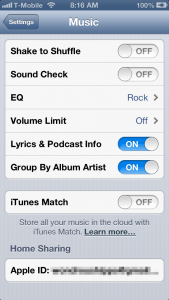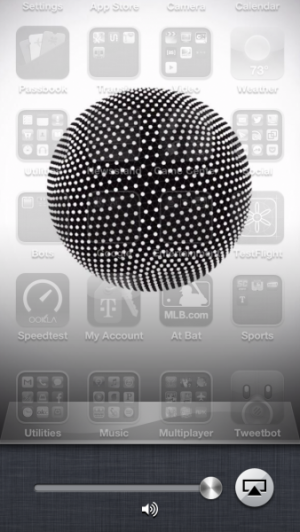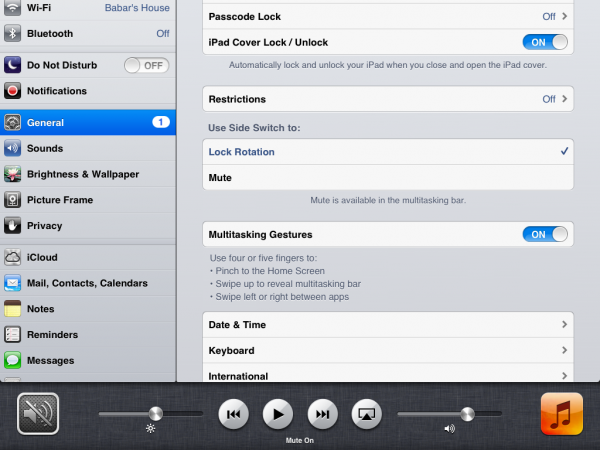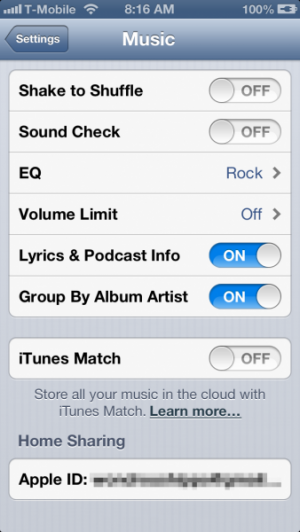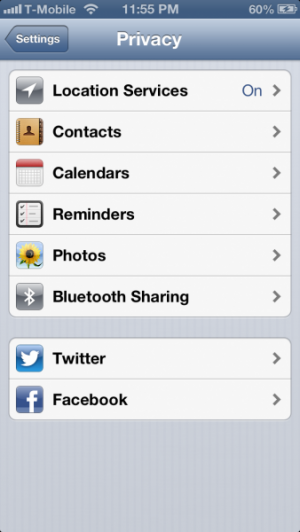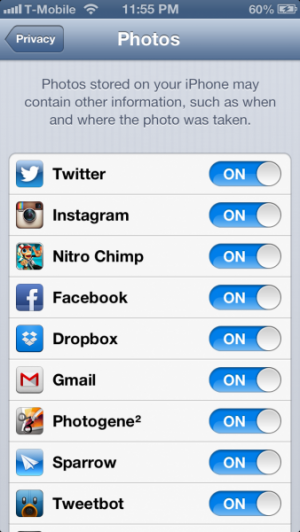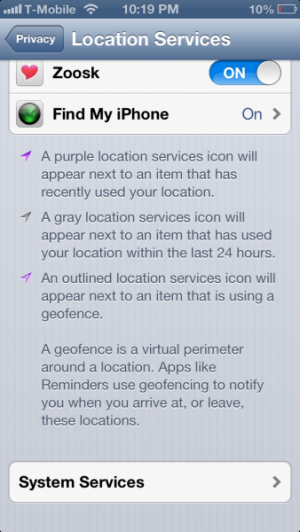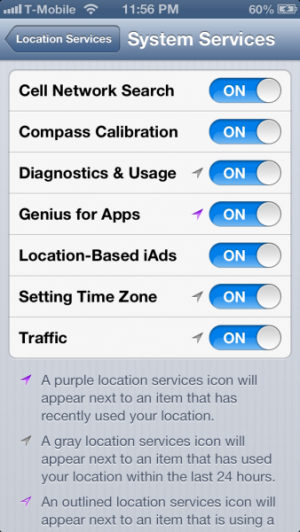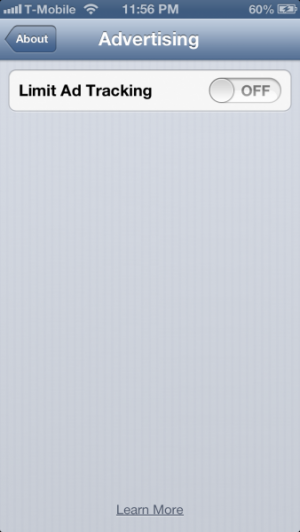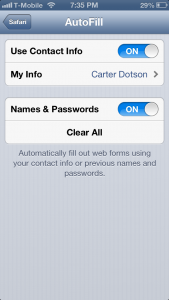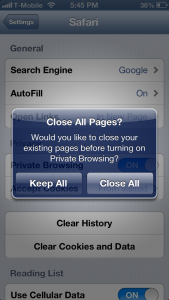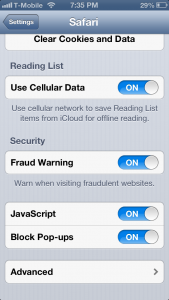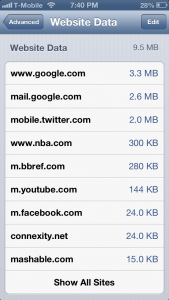How To: Use Keyboard Text Shortcuts in Clever Ways
Keyboard shortcuts on iOS are an extremely useful feature. However they may be extremely underused, perhaps because people just don’t know what they can do.
Read our guide on setting up and using text shortcuts (which is still valid with iOS 7) and then utilize these clever methods for keyboard shortcuts!
Canned responses to emails
Does your job have you responding to lots of emails saying the same basic thing? Create a shortcut with a good canned response to save some time and thought.
Fix common typos
iOS’ built-in autocorrect is useful, but sometimes its autocorrect can try to correct to phrases that aren’t what you want. So, make your common mistake the shortcut, and the corrected version your phrase. This will take preference over autocorrect’s suggestion so you can create your own autocorrections!
As well, autocorrect works for text shortcuts you've created. So if you make a typo for a shortcut, autocorrect will fix it to the correct shortcut and correct expanded text. You don’t have to be perfect – just close.
Only use the emoji you want
Like to use certain emoji but hate having the international keyboard button? Well, it’s possible to have only certain emojis be triggered by using a keyboard shortcut. Just enable the emoji keyboard, insert the emoji(s) in the phrase section, and then create a useful shortcut. Want to insert the US flag into tweets? Just create a usflag keyboard shortcut.
You can then disable the emoji keyboard and it will still work – it’s a system font, so it will work even if the keyboard is disabled. This works with any international keyboard, too, though emojis are more fun.
Insert frequently-used URLs
Constantly need to link to something? Set the URL as the phrase and set an easy-to-remember shortcut. This is perfect for reaction images or for, you know, more serious purposes. But mostly for GIFs.
What kind of shortcuts should I use?
Make sure that they’re phrases that don’t conflict with actual words. I like to make six-character shortcuts, usually making the first three relate to the topic of the shortcut, and the last three being something about the shortcut. It needs to be simple, memorable, and short enough to justify you saving time! Note that shortcuts do sync up between iCloud devices, so you don’t have to worry about having to recreate shortcuts when you pick up your other device.
Keyboard text shortcuts are a great way to save time – using them is a great way to make the use of your device more efficient! Go on and be short!



